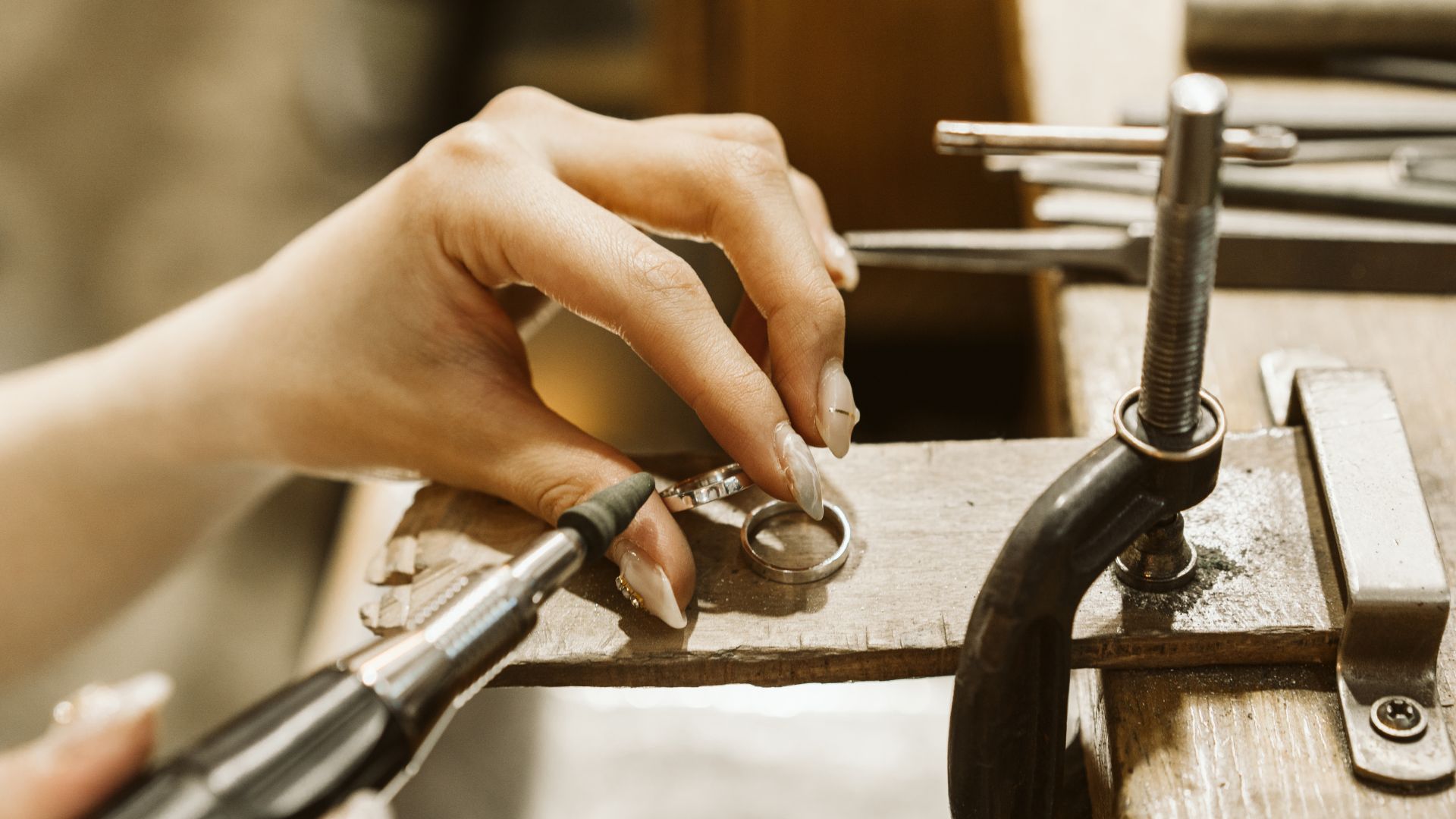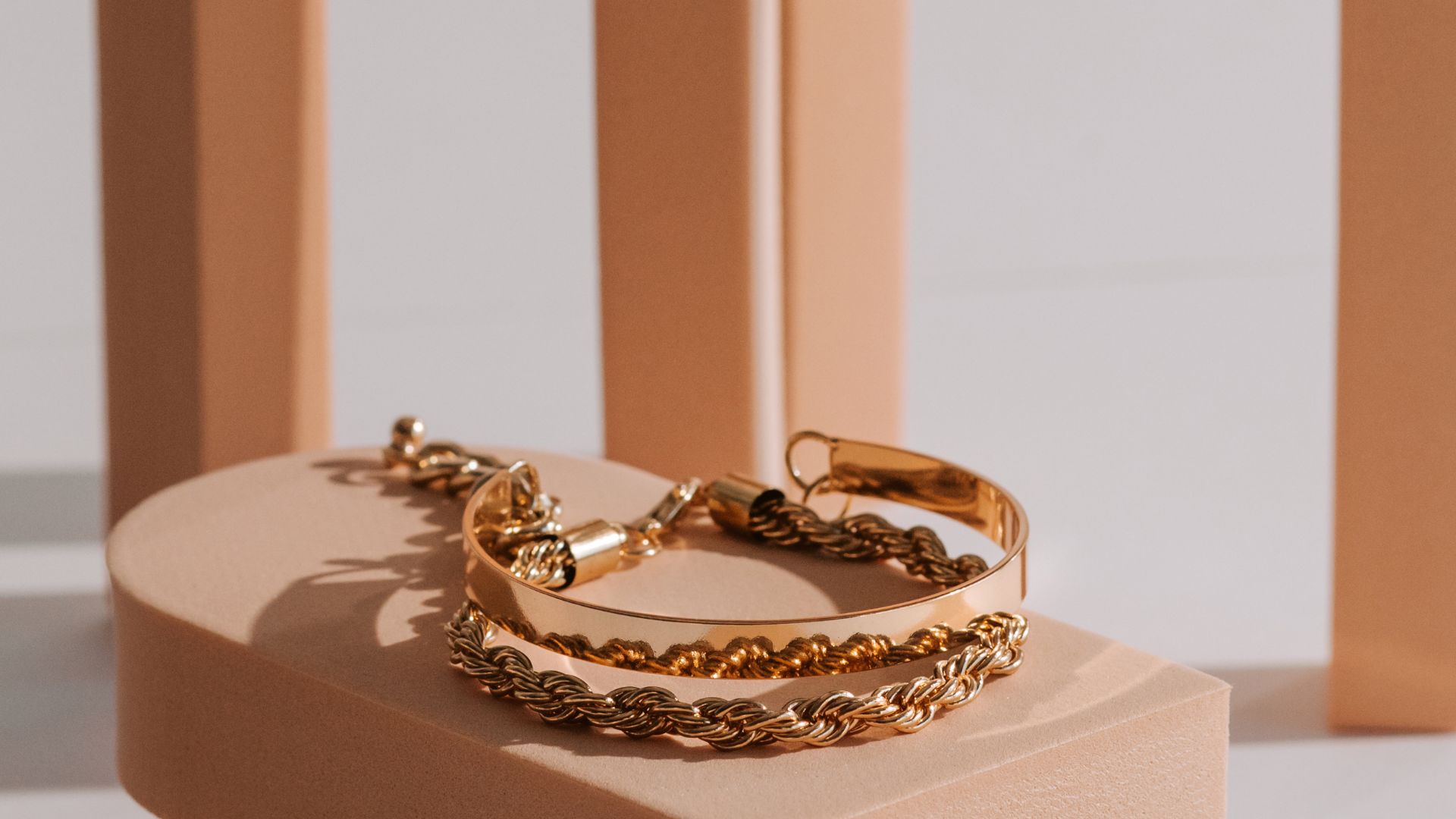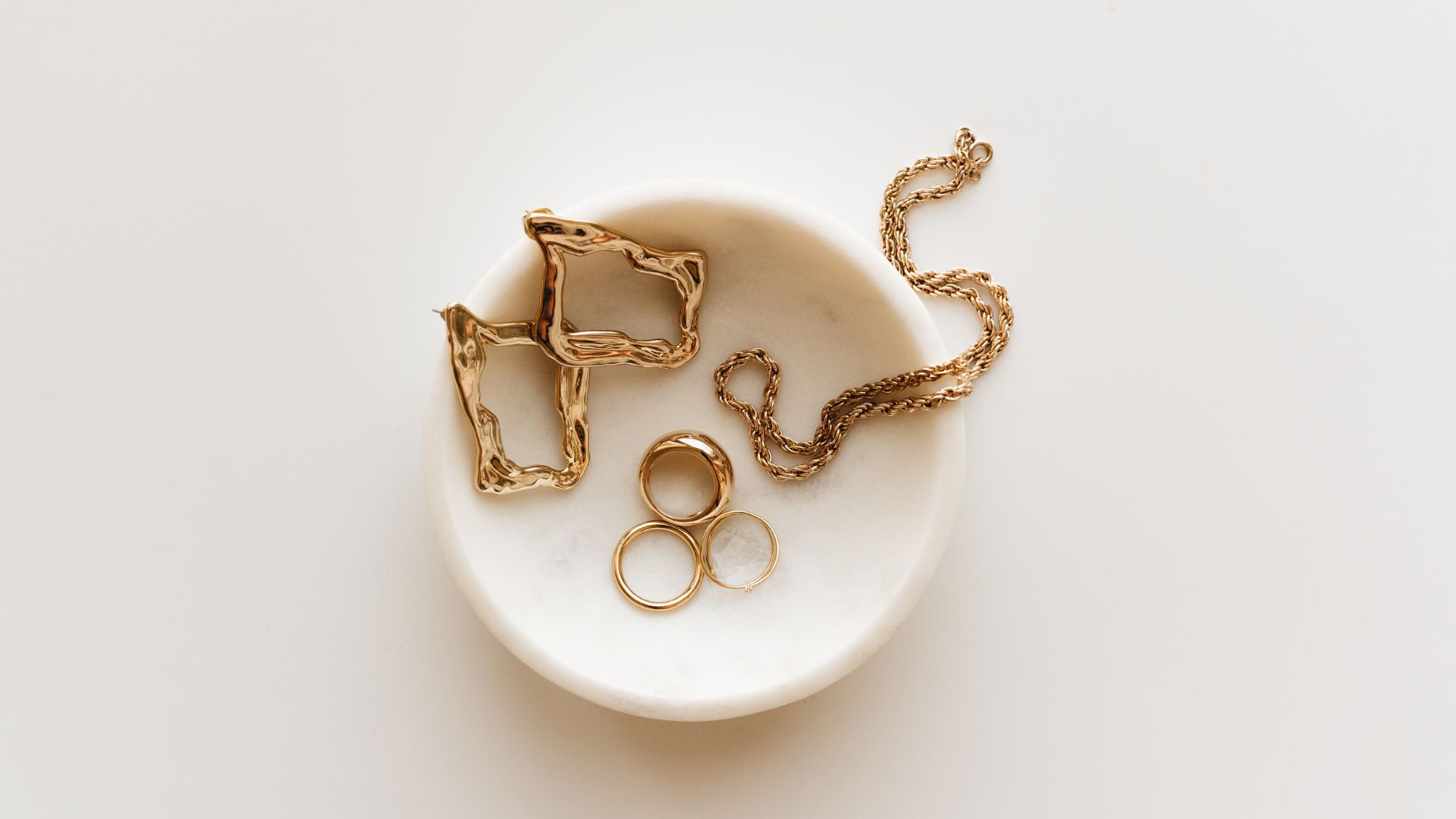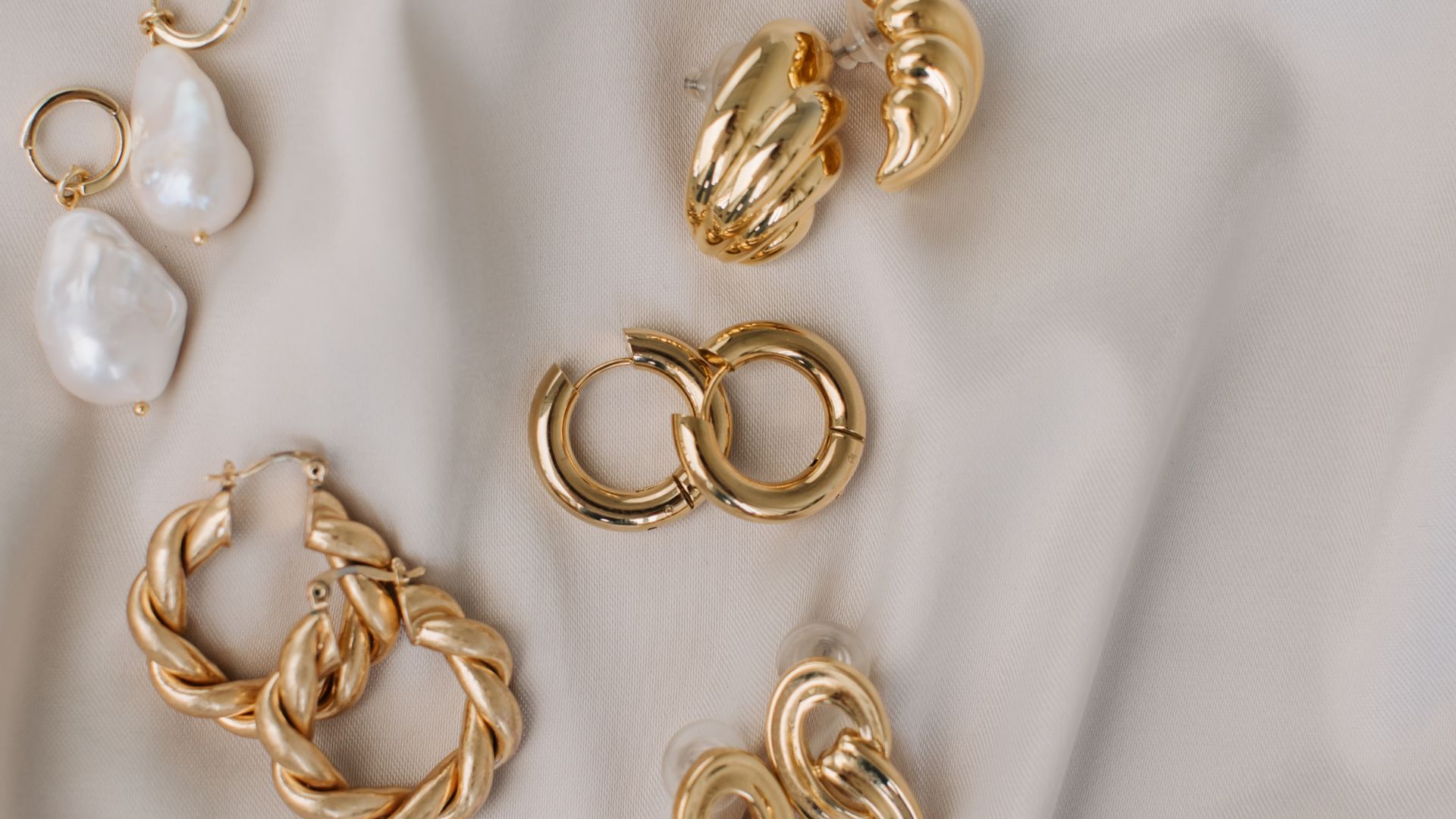
Sustainable goldsmithing: How to create eco-friendly jewelry
The jewellery industry has long been associated with luxury, beauty, and wealth, but in recent years, there has been a growing shift towards sustainability. As more consumers and designers become aware of the environmental and ethical issues within the industry, eco-friendly jewellery is becoming a priority. Goldsmithing, traditionally known for its use of precious metals like gold, silver, and platinum, can have a significant environmental impact due to mining practices and resource depletion. However, with advancements in sustainable practices, goldsmiths now have the ability to create stunning, eco-conscious jewellery that doesn’t harm the planet.
In this article, we’ll explore how goldsmiths are making their craft more sustainable, focusing on ethical sourcing, recycled gold, and eco-friendly techniques:
- Ethical sourcing: How goldsmiths can source eco-friendly, conflict-free gold and other materials
- Recycled gold: The use of recycled gold in modern jewelry making and its environmental benefits
- Eco-friendly techniques: Sustainable practices like energy-efficient tools and non-toxic chemicals in the goldsmithing process
- How adopting sustainable methods can reduce the environmental impact of goldsmithing
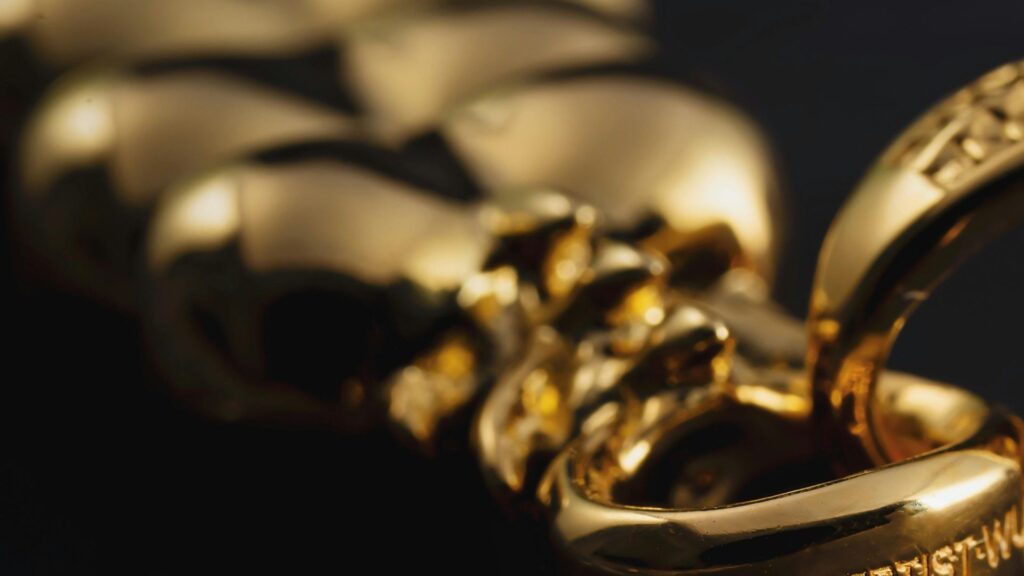
Ethical sourcing: How goldsmiths can source eco-friendly, conflict-free gold and other materials
One of the key aspects of sustainable goldsmithing is ethical sourcing, which ensures that the materials used in jewellery are acquired in ways that respect both people and the planet. Goldsmiths can choose to work with gold that is conflict-free—meaning it is sourced without funding armed conflict or contributing to human rights abuses. Unfortunately, gold mining can often be associated with poor working conditions and environmental degradation, particularly in certain parts of the world.
To combat these issues, goldsmiths can opt to source gold from certified ethical suppliers, such as those who are members of the Fairmined or Fairtrade Gold programmes. These certifications guarantee that the gold has been mined in a way that supports fair wages, safe working conditions, and environmental protection. By purchasing from these sources, goldsmiths can ensure their materials are both socially responsible and traceable.
Beyond gold, other materials used in jewellery making—such as gemstones, diamonds, and silver—can also be sourced responsibly. Many jewellery designers now focus on using fair-trade gemstones, which are sourced in a manner that respects the rights of workers and supports local communities. By prioritising ethically sourced materials, goldsmiths can help reduce the harmful impacts of mining and contribute to a more sustainable and just jewellery industry.
Recycled gold: The use of recycled gold in modern jewelry making and its environmental benefits
One of the most significant ways goldsmiths can reduce the environmental impact of their craft is by using recycled gold. Gold is a highly durable and valuable metal that doesn’t lose its quality when melted and reformed. As a result, recycled gold has become an increasingly popular choice for eco-conscious goldsmiths, as it significantly reduces the need for new mining.
Recycled gold comes from various sources, including old jewellery, electronic waste, and industrial scrap. Goldsmiths can melt down these materials to create new pieces of jewellery, effectively reducing the demand for mined gold. The benefits of using recycled gold are numerous: it lowers the environmental cost of extraction, reduces the amount of waste, and helps prevent the destruction of ecosystems caused by traditional gold mining practices.
Not only does using recycled gold help the environment, but it also encourages the concept of circular economy, where resources are kept in use for as long as possible and waste is minimised. By embracing this approach, goldsmiths are helping to create a more sustainable jewellery industry that relies less on the depletion of finite natural resources.
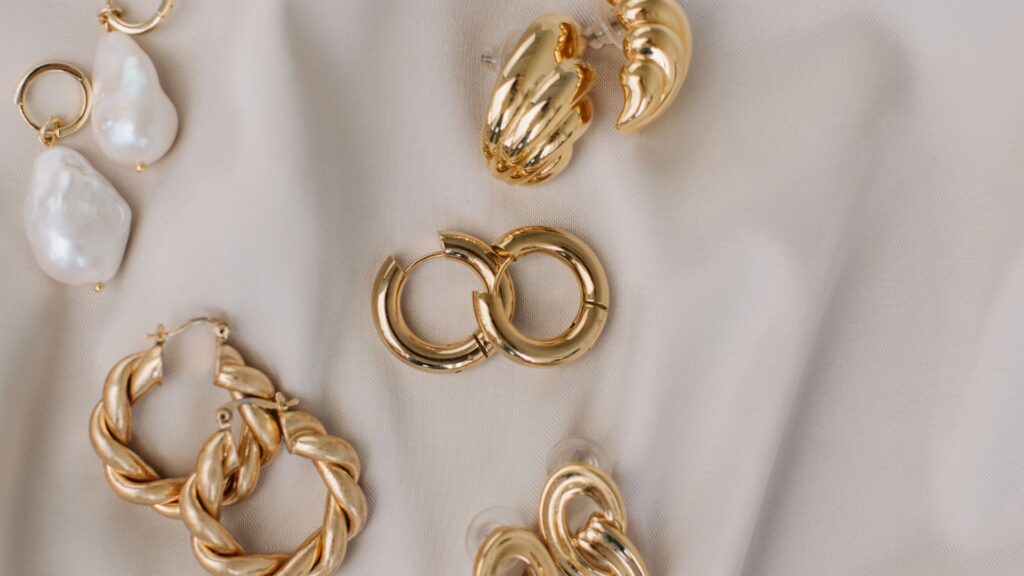
Eco-friendly techniques: Sustainable practices like energy-efficient tools and non-toxic chemicals in the goldsmithing process
Beyond sourcing materials responsibly, goldsmiths can also adopt sustainable techniques throughout the entire production process. Energy-efficient tools are one way to reduce the environmental footprint of goldsmithing. Traditional jewellery-making processes can often be energy-intensive, particularly when using high heat for casting and melting metals. However, with advancements in technology, many goldsmiths now use more energy-efficient equipment, such as electric furnaces and low-energy soldering torches, to reduce their overall energy consumption.
Another important aspect of eco-friendly goldsmithing is the use of non-toxic chemicals in the production process. In traditional jewellery making, chemicals like cyanide and mercury have often been used in gold extraction and cleaning processes. These chemicals are not only hazardous to workers but can also have detrimental effects on the environment when they’re improperly disposed of. Today, there are safer, non-toxic alternatives available for refining and cleaning metals, such as non-toxic flux and organic acid-based solutions, which reduce the risk to both human health and the environment.
Goldsmiths can also opt for low-waste techniques, minimising excess materials during the crafting process. For instance, some goldsmiths use wax models in lost-wax casting, a process that allows for the precise creation of jewellery with minimal waste. By refining their techniques and using more sustainable methods, goldsmiths can make a significant impact on the overall environmental footprint of their jewellery creations.
How adopting sustainable methods can reduce the environmental impact of goldsmithing
Sustainable goldsmithing is not just about using recycled gold or ethical sourcing—it’s about changing the mindset and practices within the entire jewellery-making process. From responsibly sourcing materials and adopting eco-friendly production techniques to reducing energy consumption and minimising waste, every step of the process contributes to a more sustainable future for the jewellery industry.
By embracing these sustainable practices, goldsmiths are not only creating beautiful, high-quality jewellery but also leading the charge in reducing the environmental and ethical issues associated with traditional jewellery making. Consumers, too, play a role in this transition by choosing jewellery that is ethically sourced and eco-friendly, supporting businesses that prioritise sustainability.
Let’s recap:
- Goldsmiths can source eco-friendly, conflict-free gold and materials from certified ethical suppliers, ensuring fair wages, safe working conditions, and environmental protection in the mining process.
- Using recycled gold reduces the need for new mining, lowers environmental impact, and supports the concept of a circular economy by reusing materials from old jewellery, electronics, and industrial scrap.
- Goldsmiths can reduce their environmental footprint by using energy-efficient equipment, such as electric furnaces and low-energy soldering torches, during the production process.
- Sustainable goldsmithing involves using non-toxic alternatives to harmful chemicals like cyanide and mercury, ensuring safer working conditions and less environmental harm.
- By adopting low-waste techniques, such as lost-wax casting and reducing excess materials, goldsmiths can minimize waste and contribute to a more sustainable jewellery-making process.
In conclusion, sustainable goldsmithing is essential for reducing the environmental impact of the jewellery industry and ensuring that future generations can continue to enjoy the beauty of gold and gemstones without compromising the planet. With more eco-conscious designers and consumers choosing to embrace sustainability, the future of jewellery looks brighter—and greener—than ever before.
